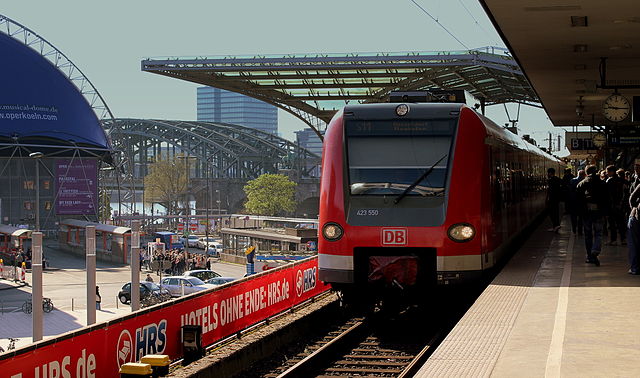Happening Now
New Swiss study: it’s not just the farebox
May 28, 2013
Written By Colin Leach

A traditionally vexing problem for public transportation systems has been that of measuring economic utility. Is farebox recovery the best measure of a system’s economic value? What percentage of costs should be covered by ticket sales? Thinking along these lines, as Eric Jaffe argues in an Atlantic Cities article, causes policymakers to take a narrow view of what constitutes economic benefit. Such a view, he argues, allows them to completely ignore that the highway network in no way pays for its own operation while unfairly singling out passenger rail programs as proverbial “money pits”.
New research, however, has led to the development of a new lens with which to quantify the benefits of passenger rail investment. A team of economists at the University of Lausanne in Switzerland argued in a March 2013 paper that increased rail service produced many environmental and safety benefits for the public not accounted for in traditional models of transportation financing.
Basing their research on a study of German regional passenger traffic from 1994-2004, the team found that a mere increase of 10% in service frequency reduced both road accidents and infant mortality by 4.6%. From a climate change perspective, there were also benefits to be had: nitrogen monoxide emissions declined by 3.5% in the same period, whereas nitrogen dioxide emissions fell by 1.7%
What prompted these changes? The researchers argued that a 1994 law that dramatically increased funding for regional passenger services led to competitive procurement of passenger lines, which in turn spurred a 28% increase in overall service frequency by 2004. Consequently, increased service made rail transportation a much more attractive option to drivers, leading to a 3% reduction in use of cars and motorcycles for both commuting and recreational trips.
Overall, the authors contend that their findings demonstrate that “people indeed substitute from cars to trains if passenger service frequency increases.”
Economist Paul Krugman agreed with the Lausanne group’s assessment. He suggested that an auto-centric transportation policy represented “huge market failures here”—that every time an individual chooses to drive during rush hour, he or she is imposing huge costs on other drivers, people who breathe the air, and more.” Initiatives such as the Hudson Tunnel and further improvements to the Northeast Corridor, he said, should be “no-brainers.”
The recent collapse of the Skagit River bridge in Washington state emphasizes the benefits of robust multimodalism. Amtrak recently announced that they would add an extra round-trip Cascades between Seattle and Bellingham to alleviate traffic problems caused by the collapse. Ron Pate, the Washington Transportation Department’s Rail Division director, said that the state was looking at adding even more trains to the schedule, stating that “we’re looking at any options to add capacity to move people around without impacting them as much as possible.”
Increasing rail passenger investment will create a robust transportation network capable of weathering short-term failures—and as the Metro-North derailment proved last week, those failures do not discriminate by mode. Passenger train investment is also capable of producing long term declines in traffic congestion, greenhouse gas emissions, and even highway fatalities. Continuing current policies that judge passenger rail’s viability on a strict cost-recovery basis not only ignores its social and environmental benefits, but also further enshrines market failure in U.S. transportation policy.
"The COVID Pandemic has been and continues to be the biggest challenge faced by Americans as it has taken a deadly toll on the world and on the world’s economies. During COVID Locomotive Engineers at Amtrak and other Passenger and Freight Railroads have embodied the definition of essential workers. This dedication by our members is not new. We applaud the Rail Passenger’s Association for recognizing the vital contributions of our members and their hard work moving Americans and freight during the COVID pandemic."
Dennis Pierce, Brotherhood of Locomotive Engineers and Trainmen (BLET) National President
December 21, 2021, on the Association awarding its 2021 Golden Spike Award to the Frontline Amtrak Employees.
Comments